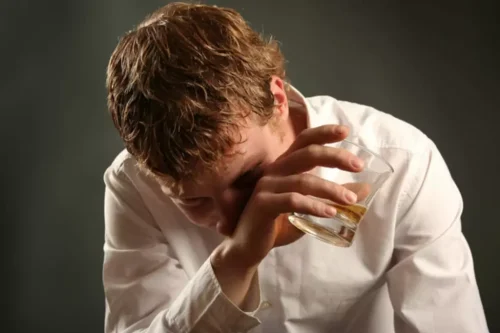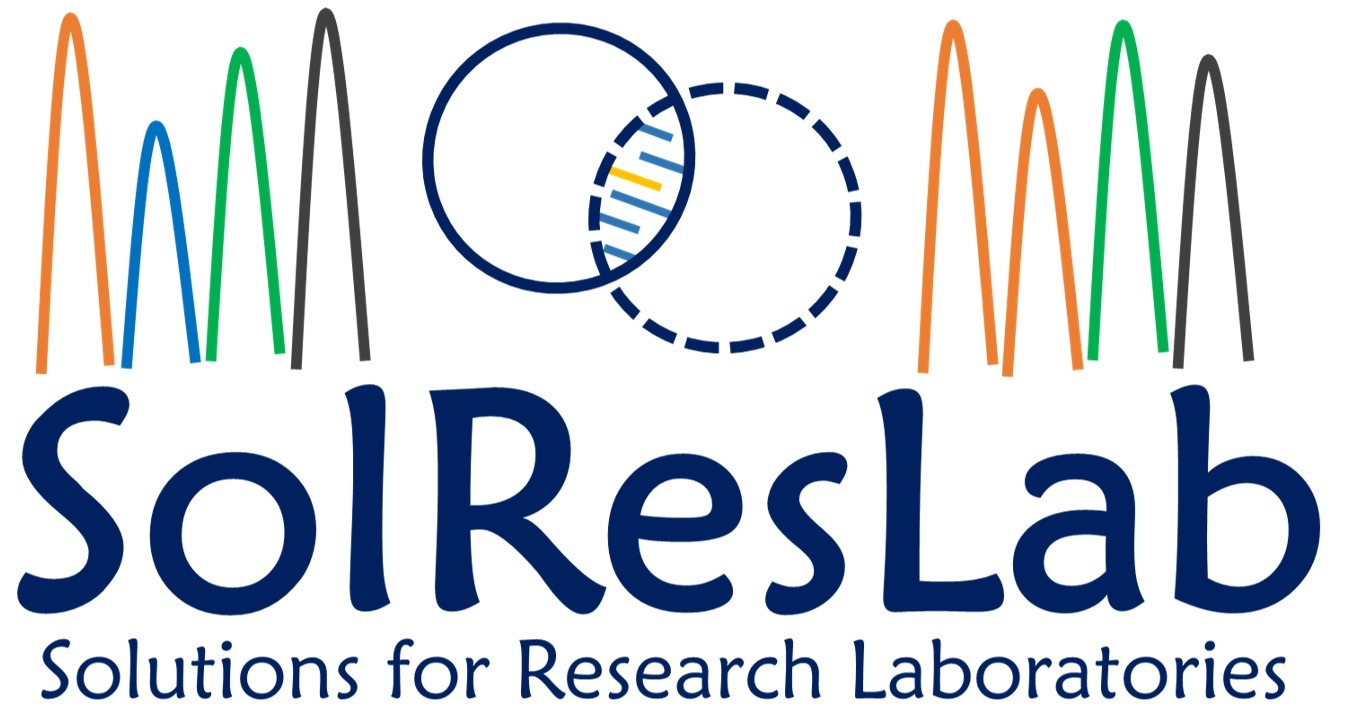
An example of a level 1 intervention strategy is serving alcoholic drinks only in standard drink amounts, an example of a level 2 strategy is not serving shots of liquor, and an example of a level 3 is having and distributing a written alcohol policy to club members. An initial study showed that clubs with higher accreditation levels reported less alcohol use than clubs with lower accreditation levels (Rowland et al., 2012). Subsequently, researchers conducted a trial where 88 football clubs were randomized to the intervention or control condition. After the intervention, drug abuse in sports participants in the intervention condition reported less risky alcohol use than those in the control condition (Kingsland et al., 2015). Rates of performance-enhancing drug use may be higher among elite athletes, where the stakes and incentives for optimal performance are quite high. A recent review of the literature concluded that the “doping” rate among elite athletes was between 14% and 39%, although there was considerable variation among different types of sports and hard data on the question is lacking (de Hon, Kuipers, & van Bottenburg, 2015).
Drugs in Sports
In addition, it is not practically possible to collect samples from all the athletes participating in sport events across the world. Sample collection for testing is carried out in one of the two ways, “in-competition” testing (at an event) and “out-of-competition” (OOC) testing (at squad sessions, home, or training venue). No specific method of selection of athletes for testing is considered, rather their positions are randomly selected. During the test, the athletes provide their identification and two samples under direct supervision. Sample A is analyzed for banned drug or methods, whereas sample B is used only if sample A is positive and the athlete wants analysis to be confirmed.
- While there is no definitive cause for this increased aggression, scientists believe it may be due to secondary hormonal changes within the athlete.
- How much sudden compression of the skeleton and internal organs is safe, let alone for the head and neck?
Other recreational drugs
In 2013, prominent PGA golfer Vijay Singh admitted to using deer-antler spray, which contains IGF-1, an insulin-like PED. Another time, he carried a shotgun around his house, paranoid the baseball commissioner would break into his home. Len Bias was a star basketball player at the University of Maryland, earning the ACC Athlete of the Year and ACC Player of the Year awards in 1986. He was selected by the Boston Celtics with the second pick in the 1986 NBA draft, expected to join a team that included Larry Bird, Kevin McHale and Robert Parrish.
- A military source on Sunday confirmed his background to NJ Advance Media.
- A metanalysis involving twelve studies looking at tDCS on symptoms of nicotine dependence demonstrated significant positive changes in smoking intake and craving related to cues [76].
- However, this problem stretches far beyond contemporary times, as the use of performance-enhancing substances can be traced back to the ancient Olympics.
- It is thought that athletes’ attitudes towards drugs are heavily influenced by the culture of sports [1].
The effect of cardiovascular medicine on sports doping

The regulatory bodies for sports have reported rates ranging from 5% to 31% for the use of performance-enhancing substances among athletes. Athletes can have serious injuries and morbidities, leading to poor health with the use of such substances. Commonly abused agents in sports include anabolic–androgenic steroids and its analogs, blood, erythropoietin, growth hormone and its derivatives, nutritional supplements, creatine, amphetamines, beta-hydroxy-beta-methylbutyrate (HMB), stimulants, and analgesics. Health-care professionals need to be careful while prescribing medicines to sportspersons. Knowledge of exercise physiology, pharmacology of the commonly used agents for sports-related injuries, and agents used for doping could help the sportspersons and health-care professionals to avoid the embarrassment arising because of misuse of these agents.
Best NFL Betting Sites 2024: Top 10 Football Betting Sites Ranked
Only 2 studies were eligible for assessment by MINORS criteria, one4 with a score of 8 out of 16 and the other17 with a score 10 out of 16. Every study rated as low risk of bias on at least 3 of 5 domains, with 31 out of 35 (89%) assessments being deemed as low risk of bias. Figure 2 includes the detailed risk of bias assessment for survey studies. Risk of bias for https://ecosoberhouse.com/ clinical studies was assessed using the Methodological Index for Non-Randomized Studies (MINORS) criteria. The MINORS score consists of 8 items for non-comparative studies and an additional 4 items for comparative studies, with each item scored from 0 to 2, for maximum scores of 16 and 24, respectively.21 Higher scores indicate better methodological quality.

It is at the postgraduate level that they become specialists in disciplines such as medicine, surgery pediatrics, or pharmacology. Even the postgraduate courses in pharmacology do not provide enough exposure to sports pharmacology. With the increasing involvement of medicine in sports, it is clear that a specialized training in the field of sports medicine for pharmacologists is required. This undermines the integrity of the game and raises questions about anti-doping measures. Rugby players must compete fairly without performance-enhancing drugs to maintain a safe and fair environment for all.


Coe, who has been a strong defender of the IAAF’s record, has pledged to set up an independent anti-doping agency for the sport, admitting there is a perception that in-house drug-testing creates “conflicts” and “loopholes”. Former Olympic 1500m champion Lord Coe was named the new president of the IAAF on Wednesday and says he is determined to prove athletics’ world governing body is committed to ridding the sport of drug cheats. Brought in by Wada in 2009, the passport aims to reveal the effects of doping rather than detect the substance or method itself. Beta blockers, meanwhile, which may be prescribed for heart attack prevention and high blood pressure, are banned in sports such as archery and shooting because they keep the heart-rate low and reduce trembling in the hands.
The path to recovery for an athlete
In 1966, the first drug testing of athletes occurred at the European Championships. Two years later, the International Olympic Committee began drug testing at the Summer and Winter Olympics. In the 1970s, many Olympians were disqualified from competition for anabolic steroid use. According to the Substance Abuse and Mental Health Services Administration, the arts, entertainment and recreation industry ranked second in past-month illicit drug use and third in past-year substance use disorder rates from 2008 to 2012. In recent years, professional leagues have been publicly scrutinized for contributing to this epidemic.

